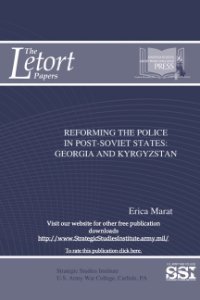By Susan Olzak
An underlying premise of democratic politics is that protest can be an effective form of civic engagement that shapes policy changes desired by marginalized groups. But it is not certain that this premise holds up under scrutiny. This paper presents a three-part argument that protest (a) signals the salience of a movements’ focal issue and expands awareness that an issue is a social problem requiring a solution, (b) empowers residents in disadvantaged communities and raises a sense of community cohesion, which together (c) raise costs and exert pressure on elites to make concessions. The empirical analysis examines the likelihood that a city will establish a Civilian Review Board (CRB). It then compares the effects of protest and CRB presence on counts of officer-involved fatalities by race and ethnicity. Two main conjectures about the effect of protest are supported: Cities with more protest against police brutality are significantly more likely to establish a CRB, and protest against police brutality reduces officer-involved fatalities for African Americans and Latinos (but not for Whites). But the establishment of CRBs does not reduce fatalities, as some have hoped. Nonetheless, mobilizing against police brutality matters, even in the absence of civilian review boards.
Forthcoming. “Does Protest Against Police Violence Matter? Evidence from U.S. Cities, 1980-2019.” American Sociological Review., 83 p.

















